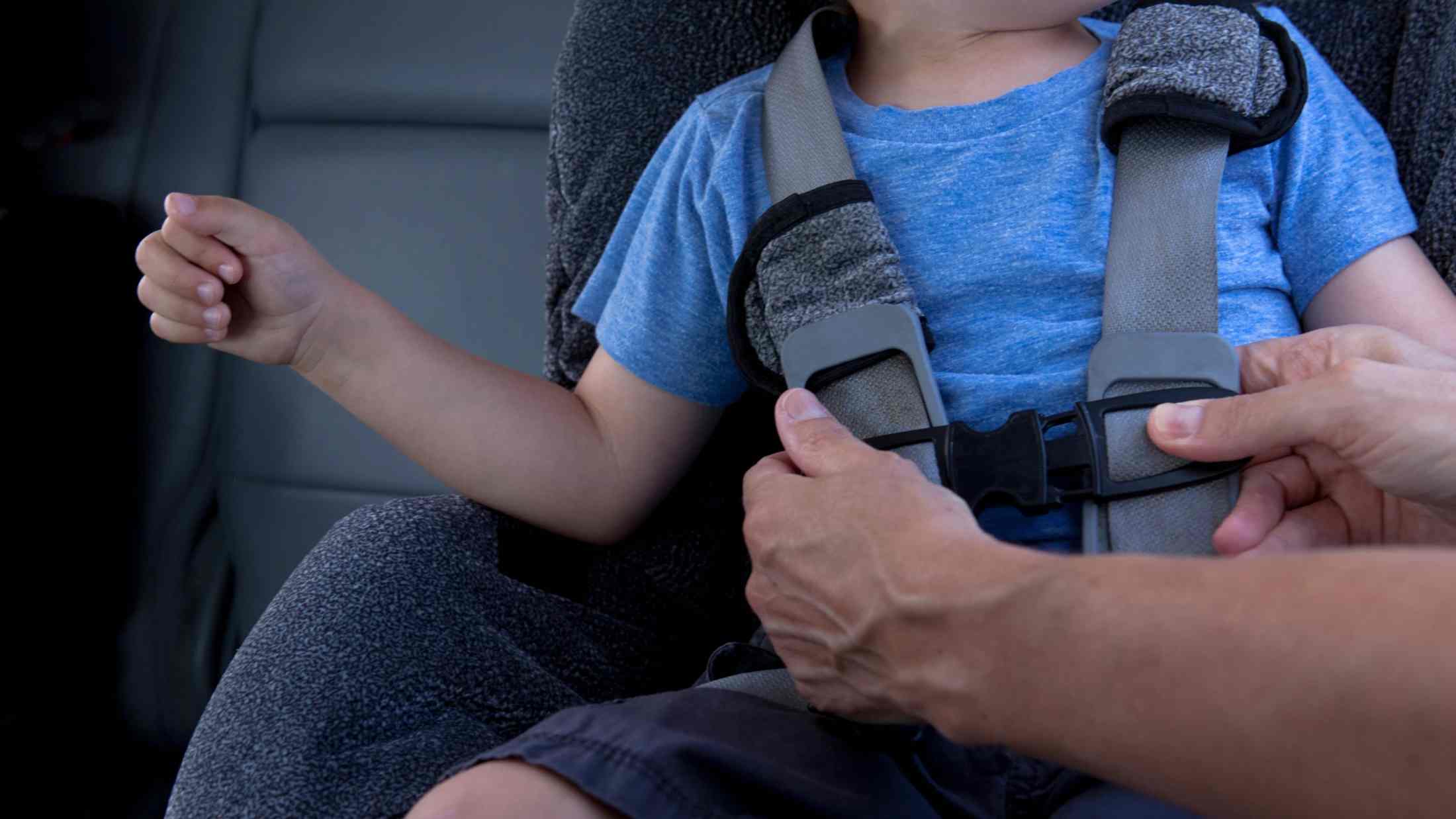If you’ve ever suffered from a bad back, you’ll know just how important posture is.
Most people with back issues don’t think twice about investing in a special chair for the office, but the seat in their car often doesn’t cross their mind. Even though that seat often travels at 70 mph.
One study shows that of all the points on the body, your spine is particularly vulnerable to injury, especially during emergency braking. In fact, it warns that the wrong driving posture during braking could lead to ‘severe injury’.
So here are a few tips on how to improve your driving position. Hopefully it will save you from aches and pains in future. Just remember, any of the adjustments suggested here should be made before you drive. You shouldn’t try to make these changes while the car is stationary in traffic or at traffic lights.
Think about lumbar support
First it’s useful to know that the spine is most at risk where it curves at the bottom.
So, if your car has lumbar support, adjust it so it suit you. Ultimately you should end up feeling an even pressure from your hips to your shoulders. The gap created by the arch of your lower back should be filled without pushing any other part of you away from the seat.
If there’s still a gap, think about tucking a lumbar pillow or even a rolled-up towel at the base of the spine.
Sit well back
Whenever you see a sketch of a nervous driver they’re invariably shown hunched over the wheel, gripping it for dear life. It’s a much better idea to slide your tailbone to the back of the seat and let the chair support you.
Look at your legs
Make sure your legs aren’t over stretched. To figure out if this is the case, slide your fingers between under your knees and the edge of the seat. If you can fit in more than two or three fingers, you’re too far from the pedals and need to move your seat forward.
Keeping your knees slightly bent while you drive will prevent knee pain down the line. Though, of course you don’t want them bent uncomfortably.
You should also adjust your seat so that your hips are at least as high as your knees. This will provide extra support and increase circulation.
Adjust your seat height
Some driving positions in sports cars, where the seat leans back, offer very poor visibility, and force you to push your head and neck forward, which can lead to pain in the neck and shoulders and tingling in the fingers.
So make sure your eye level is at least three inches above the steering wheel so you can easily see what’s ahead.
Though you can lean back a little
Despite our earlier warning you can lean back a little. 100 to 110 degrees is ideal. That way your seat will put the least pressure on your back.
Set your headrest with whiplash in mind
Your headrest is vital in reducing whiplash injuries in the event of a rear-end collision.
You’ll know it’s at the correct height when the top sits between the top of your ears and the top of your head; so it touches the back of your head when you lean back.
Don’t forget your arms
Holding the wheel in the right way can actually take the strain off your neck and shoulder muscles. So, once you’re sitting comfortably, you might want to look at adjusting the steering wheel.
Though we all remember being told to place our hands at nine and three o’clock, most of us invariably slip to ten and two o’clock.
But the truth is keeping your hands in the right position can help you hold the steering wheel with your fingers, rather than clenching with your fists.
Also avoid steering with one hand. It twists the spine and can lead to all sorts of problems down the line.
Check your mirrors
Have a play with your mirrors (rear and side) so you can see the traffic behind you without having to crane your neck.
Don’t forget your seatbelt
Few people realise that the bottom part of your seatbelt should go across your pelvis, not your stomach – especially if you’re pregnant.
The upper part of the belt should pass across your shoulder, and be easily adjustable so it’s tight with zero slack.
Give yourself a break
Perhaps the most important advice of all is to take regular breaks.
We all make mistakes when we’re tired. Even small ones can quickly escalate, especially on a long drive.
So before you set off on any journey think about where you might like to stop. Stretch your legs. Treat yourself to a hot drink. If you have problems with your back, do a few slow stretches.
Finally, relax
And remember, should anything happen, AXA car insurance is here for you 24/7.
Whether you prefer to deal with things quickly online or talk to us over the phone we’re here to help you get back to the good stuff.






